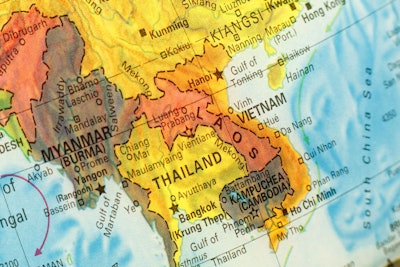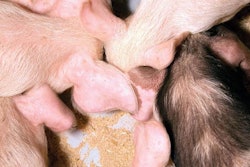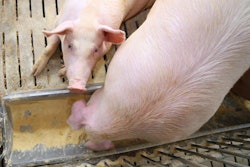
USDA report projects feed production in Vietnam will continue to decline through 2021
It will likely take several years for animal feed production in Vietnam to recover from this year’s outbreak of African swine fever (ASF), according to a new report from the U.S. Department of Agriculture (USDA).
Total feed consumption has already dropped 5% since officials first detected ASF in the country in early 2019, according to the USDA. But the losses are just beginning, according to the October 1 report.
“The contraction of the pork industry due to ASF will negatively impact the growth in total feed production in Vietnam for the foreseeable future,” the report reads.
USDA estimates that feed mills in the north of Vietnam will reduce production by 30-40% in the coming year. Southern Vietnam mills may production by 20% in the same period. Imports of soybean meal into Vietnam similarly declined, with exports from the U.S. in particular falling 20%. The industry is expected to decline through 2021, according to the USDA.
Since ASF first entered Vietnam, the virus has spread to all 63 municipalities and provinces. Farmers have culled more than 5 million pigs, or about 18% of the nation’s entire herd.
Prior to the outbreak, pork production accounted for nearly all of the 30 million metric tons of animal feed consumed in Vietnam. The rapid expansion of the nation’s poultry industry — which grew 10% as of August 2019 — has not made up for the loss of demand for animal feed.
USDA reports that there have been attempts to repopulate Vietnam’s swine herd in the lead up to the Lunar New Year and in light of rising prices. The high cost of new biosecurity measures and a shortage of sows and piglets have hampered these efforts.
“Currently, the ASF outbreak continues to grow,” the report says, “so larger producers are likely to wait to repopulate to ensure that the risk of disease spread is reduced.”
View our continuing coverage of the African swine fever outbreak.

















